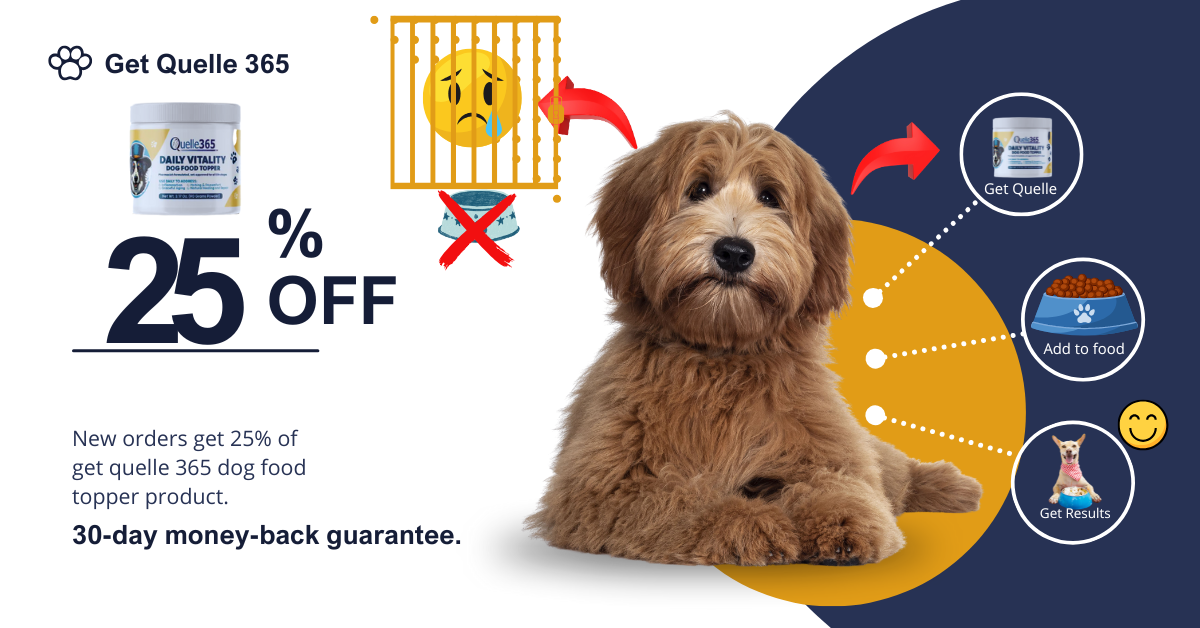KANSAS CITY, MO. — Digital manufacturing is no longer a concept of the future, it is here. Food and beverage manufacturers, including pet food processors, are adopting automation, digitization and Industry 4.0 in ongoing efforts to streamline operations, combat labor challenges and integrate supply chains. While not every pet food operation can evolve into a futuristic “smart factory,” there are a number of digital technologies that pet food manufacturers can leverage to move ahead in their digital journey.
As a client delivery partner at Microsoft, Andy Daly works to find the intersection of technology and manufacturing. He works to help processors adopt and adapt technology to meet their business needs and deliver value.
Pet Food Processing magazine and parent company Sosland Publishing will host the inaugural Pet Food Processing Exchange Oct. 7 to 8 in Kansas City, where subject matter experts from the fields of animal nutrition, data analysis, supply chain logistics, legal, design, automation and more will share their knowledge of the formulation, production and safety of pet food on-stage.
On Oct. 8, Daly will take the stage alongside his colleague Billy Gillispie, client delivery partner with Microsoft, to talk about the role digital manufacturing plays in pet food manufacturing now and in the future. Daly and Gillispie will be joined by other industry experts, Brian Lakari, vice president of operations for Carnivore Meat Company and Tyler Cundiff, president of the Integrated Process Group at Gray, in a session titled “The Plant of the Future.”
Speaking with Pet Food Processing magazine, Daly discussed how and why pet food manufacturers should introduce digital manufacturing into their operations.
Pet Food Processing: How would you define digital manufacturing?
Daly: Digital manufacturing is an integrated approach to manufacturing that uses computer technologies to improve manufacturing operations. It involves the application of computer systems to manufacturing services, supply chains, products and processes to unlock value in the manufacturer’s functional data.
The goals of digital manufacturing include efficiency, flexibility, design and integration. It aims to improve the quality of manufacturing decision-making, while improving the processes to create cost savings, reduce time to market, and create a joined-up manufacturing process that unites digital tools with the physical execution of manufacturing.
With the use of smart machines and sensors, workers receive real-time data about the functions they are performing. This feedback forms the connection between operations teams that monitor the machines and the information technology (IT) teams that deal with the back-end systems.
Investments in digital manufacturing have led to significant improvements in production output, factory capacity use and labor productivity. It’s often referred to as manufacturing’s fourth revolution, or Industry 4.0.
PFP: What technologies should pet food processors investigate if they want to make a move toward Industry 4.0?
Daly: The convergence of information technology (IT) and operational technology (OT) driven by Industry 4.0 is enabling a fundamental reassessment of embedded, production and customer experience technologies. This opens up opportunities inside the factory to modernize, develop smarter, more innovative products, and create new customer experiences and services. The core technologies that manufacturers should be exploring as part of their Industry 4.0 roadmap include IoT (Internet of Things), Edge Computing, Data platforms and services, and Security. The power in Industry 4.0 comes from getting data in a place where it can be exploited for value.
PFP: What are some of the benefits to digital manufacturing – both the more immediate and long-term benefits?
Daly: Digital manufacturing offers a multitude of benefits that can significantly enhance manufacturing operations. I see these as iterative much like Lean has been iterative in the manufacturing space. Some of the key benefits include increased efficiency and productivity, reduced costs, shorter time to market, improved quality control, enhanced safety, more resilient supply chain, improved customer experiences, and opportunity for value-added services.
These benefits make digital manufacturing a powerful tool for businesses, enabling them to stay competitive in the rapidly evolving global marketplace.
PFP: How can smaller processors get their feet wet in digital manufacturing?
Daly: Make it a part of the ongoing business culture — where can they apply technology to improve performance should be an ongoing question. Simple things like using AI (Artificial Intelligence) to get more productive for the employees can lead to huge gains. And, leverage your partners, suppliers and vendors to help you define, test and implement digital technology.
Smaller processors should start by getting their arms around the data that they have available and what could be available. This will help enable the business to think about problems in a different way. It’s important to embrace the fail-fast notion, experiment rapidly and validate the results.
Attendees of Pet Food Processing Exchange can learn more about digital manufacturing’s role in the future of pet food operations during “The Plant of the Future” panel during the event. Learn more and register for Pet Food Processing Exchange.










